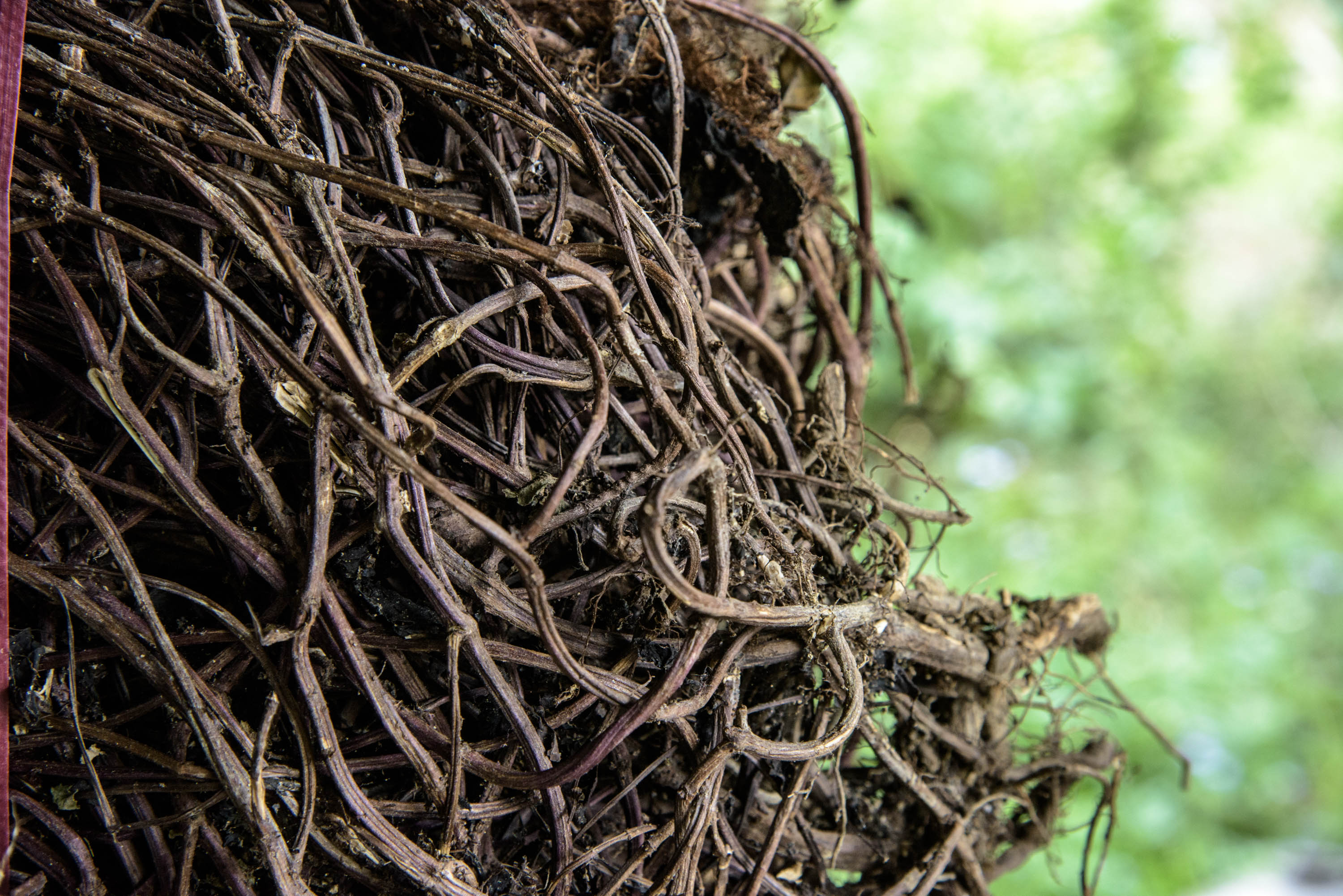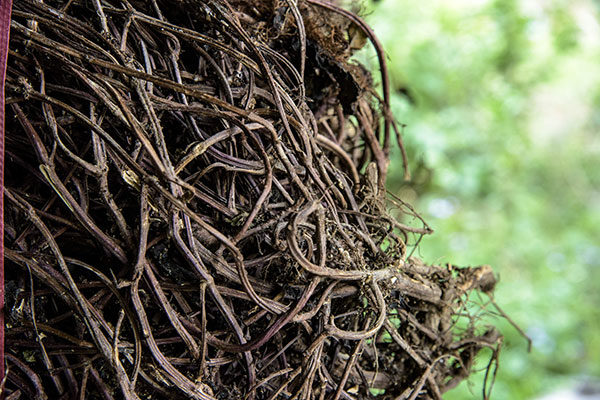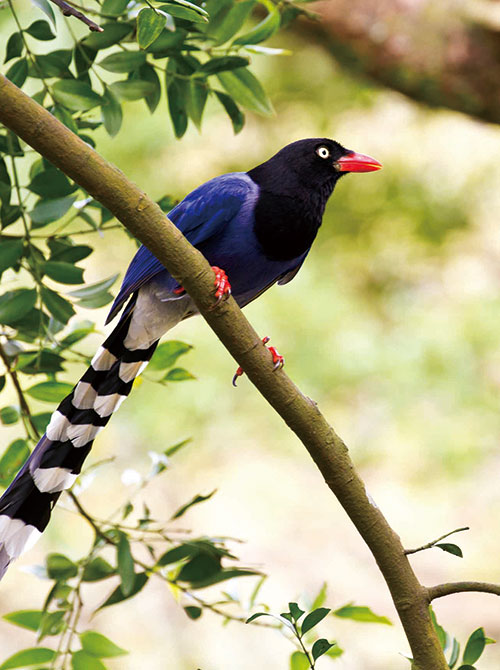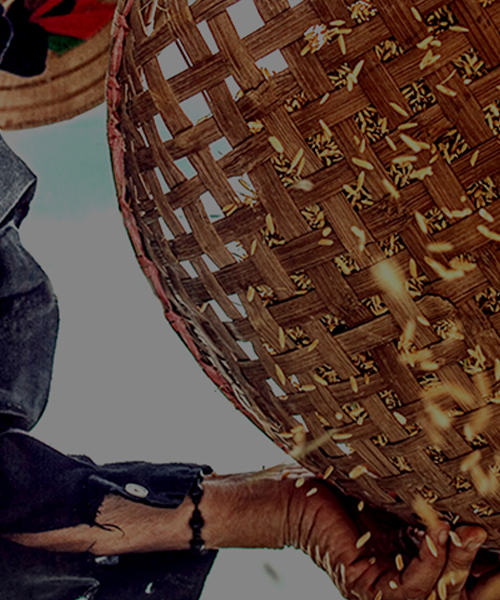Taiwan organic Mesona
- 2020-10-30
- 2022-12-15
- / 4902 Views
- /

Mesona herb was first recorded in the “Handbook of Chinese Medical Plants”(中國藥植圖鑑) and was named as “God’s grass”(仙人草) in the “Authority Record” (職方典). According to the “Handbook of Chinese Medical Plants”, Mesona can not only relieve summer heat and thirst but also clear the heat and toxic materials in our bodies. Researches have shown that Mesona has an antioxidant effect and can scavenge excessive amounts of free radicals. The herb glue extracted from Mesona is used as beauty products.
Organic Mesona requires full sun and prefers well-drained land. Its leaves become thicker when the day and night temperature changes significantly. The whole plant can be used for different purposes. Mesona has been cultivated in Taiwan for a long time. The main cultivation areas include Guanxi in Hsinchu, Shuishang in Chiayi, Jiji in Nantou, Jian in Hualien and Loudong in Yilan. Guanxi has become the “Land of Mesona” by devoting itself to promote Mesona products and setting up a “Museum of Mesona”.

Mesona can quickly adapt to the environment and has fewer pest and disease problems. However, plants are easily bitten by tobacco cutworms at the early stage of crop cultivation and suffer from bacterial at the middle stage and leaf beetles at the final stage. Paddy-upland crop rotation can manage these pest and disease problems. The growth of Mesona takes about 100 days and requires no chemical pest and disease control. Therefore, organic farming is a good option for Mesona.
Mesona is best harvested between the solar term, White Dew (September 7 or 8) and Mid-Autumn Festival. It can be easily harvested and dried without heavy rain. After digging up fresh herb with hoes and removing soil and weeds, farmers dry the herb harvest under the sun for 4 to 7 days and then store it in bundles weighing 36 kilograms. The after-ripening stage of 6 months can minimize the grassy flavor and increase the herb glue and aroma. Dried Mesona has the best flavor after one year of ripening.
The plants of organic Mesona include three plant forms, erecting, half-erecting and low lying. Low-lying Mesona is cultivated in Guanxi and requires intensive labor to harvest. On the other hand, erecting Mesona is mainly cultivated in Shuishang. The cultivar “Taoyuan No. 1”, grown in Guanxi, was imported from China and bred by Taiwan Agricultural Research Institute. It is considered as the best cultivar for its sticker herb glue and stronger aroma.
Mesona ‘s fresh flavor is loved by Taiwanese and can be available in various forms of both hot and cold desserts throughout the year. People can enjoy Mesona tea, jelly, hot grass jelly and 3-in-one powder. Some companies have developed new products, such as instant powder, condensed herb tea. Mesona milk tea and milk jelly are targeting at younger customers.
Many Mesona dishes, such as stew, rice noodles, dumplings, and fried jelly cubes with sauce are highly praised by gourmets. A big variety of dishes demonstrate that Mesona is a very local food in Taiwan.
Taiwan Agricultural Research Institute has developed multi-functional green Mesona powder, which can be added as ingredient or natural coloring in bread, pastries, and ice cream. Universities in Taiwan also try to extract herb glue to make edible film with starch after bleaching the extract. With the help of natural antibacterial agents, this film can keep vegetable, fruit and diary products fresh from drying out.




